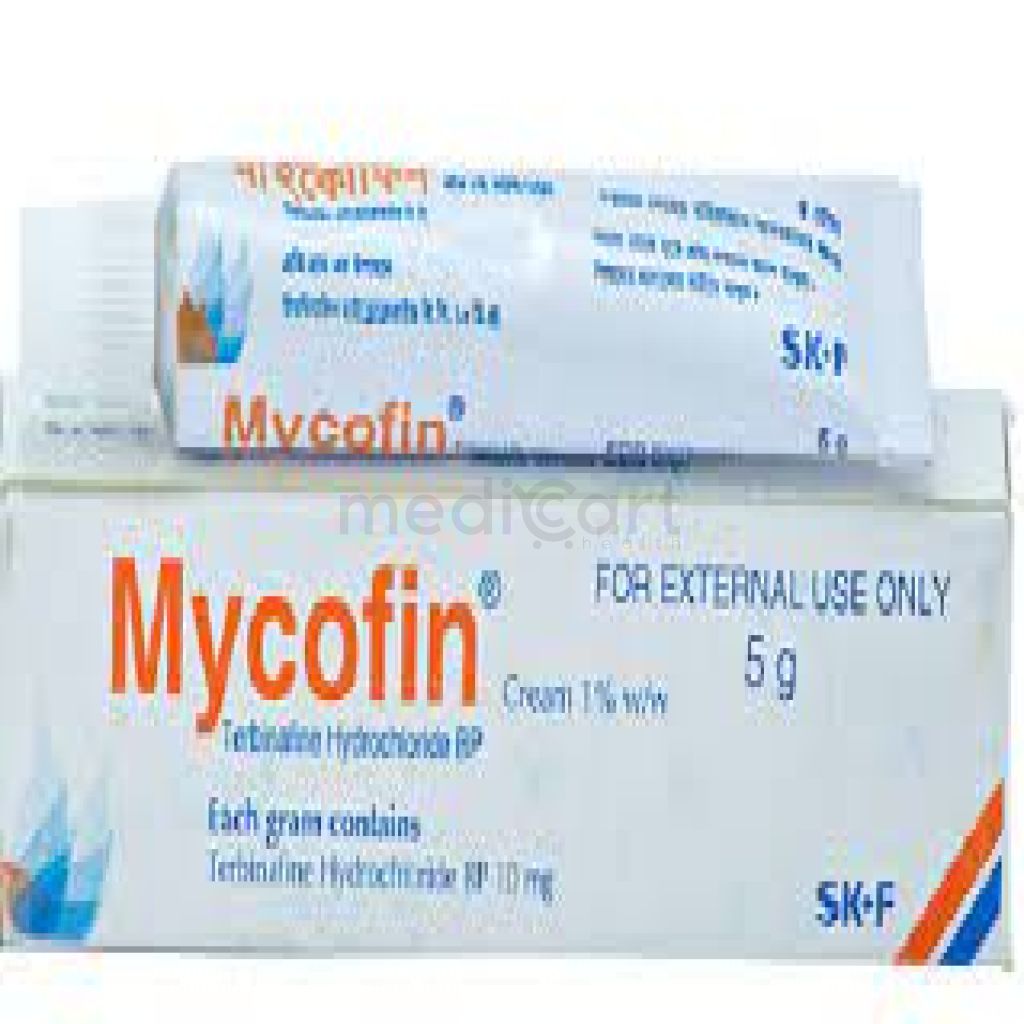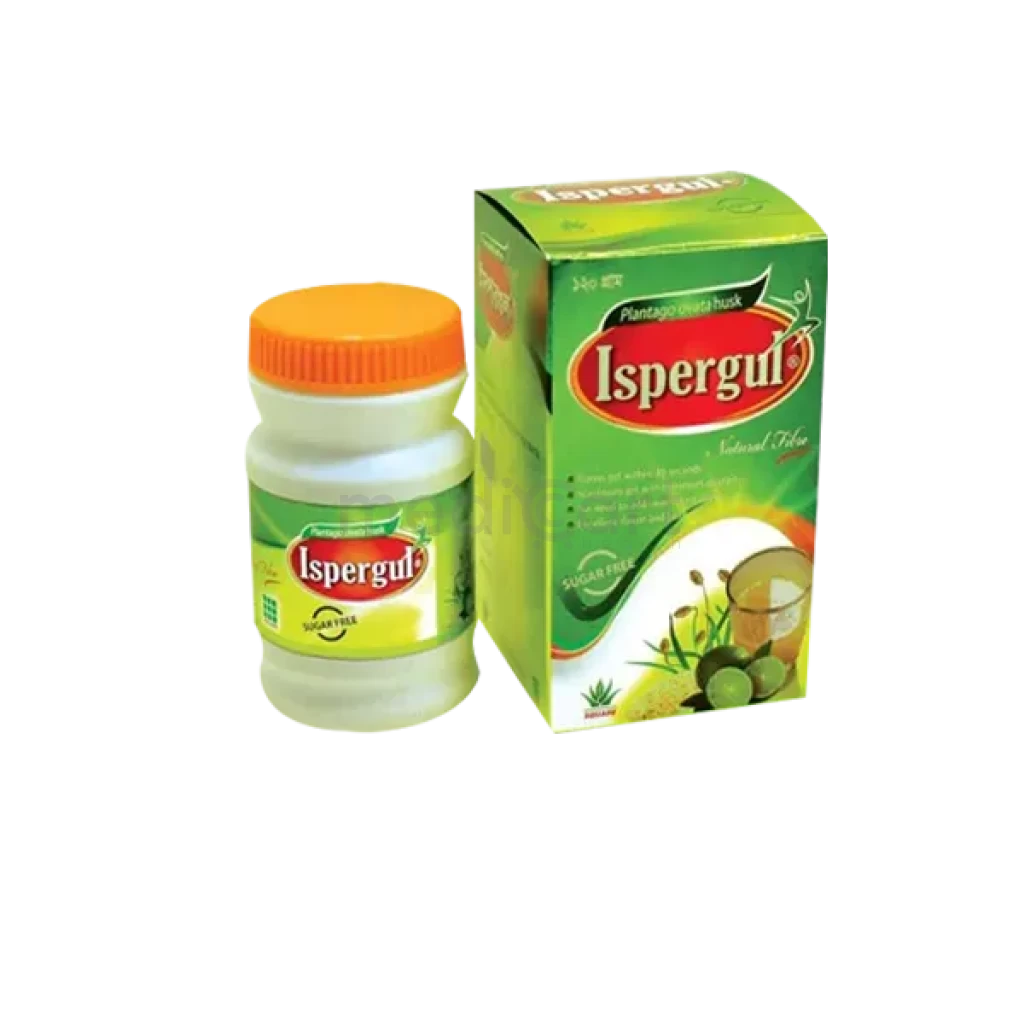

Terbifin - 5GM
Cream* Delivery will be done in Dhaka city only.
Alternative Product
More Information About - Terbifin - 5GM
Description
Generic Name
Terbinafine Topical
Precaution
Preexisting liver or renal impairment, pregnancy. Perform liver function tests prior to oral therapy. Lactation: not safe for nursing infants
Indication
Tinea pedis, Tinea cruris, Tinea corporis, Dermatophytosis, Nail infections, Cutaneous candidiasis, Pityriasis versicolor
Contra Indication
Hypersensitivity, active or chronic liver disease, lactation.
Dose
N/A
Side Effect
1-10% Burning,Contact dermatitis,Dryness,Exfoliation,Irritation,Pruritus,Rash,Irritation,Stinging Potentially Fatal: Liver failure, Stevens-Johnson syndrome, neutropaenia.
Pregnancy Category
Name : B
Description
Animal reproduction studies have failed to demonstrate a risk to the fetus and there are no adequate and well-controlled studies in pregnant women OR Animal studies have shown an adverse effect, but adequate and well-controlled studies in pregnant women have failed to demonstrate a risk to the fetus in any trimester.Mode of Action
Terbinafine causes fungal cell death by inhibiting squalene epoxidase, the main enzyme in sterol biosynthesis, resulting in ergosterol deficiency within fungal cell walls. It has fungicidal activity against dermatophytes and some yeast.
Interaction
Possible increase in levels in drugs metabolised by CYP450 2D6. Decreased terbinafine concentration with rifampicin; increased terbinafine concentration with cimetidine.
Pregnancy Category Note
Pregnancy Category: B Lactation: not safe for nursing infants
Adult Dose
Topical/Cutaneous As cream or spray Dermatophytosis Adult: Tinea Pedis: Apply to affected area BID until significant clinical improvement (no more than 4 weeks) Tinea Corporis & Cruris: Apply once daily, for 1 week, (no more than 4 weeks) Cutaneous candidiasis and pityriasis versicolor: Apply once or bid for 2 wk
Child Dose
Not FDA approved for peds
Renal Dose
N/A
Administration
N/A
Disclaimer
The information provided herein are for informational purposes only and not intended to be a substitute for professional medical advice, diagnosis, or treatment. Please note that this information should not be treated as a replacement for physical medical consultation or advice. Great effort has been placed to provide accurate and comprehensive data. However, Medicart along with its authors and editors make no representations or warranties and specifically disclaim all liability for any medical information provided on the site. The absence of any information and/or warning to any drug shall not be considered and assumed as an implied assurance of the Company.










